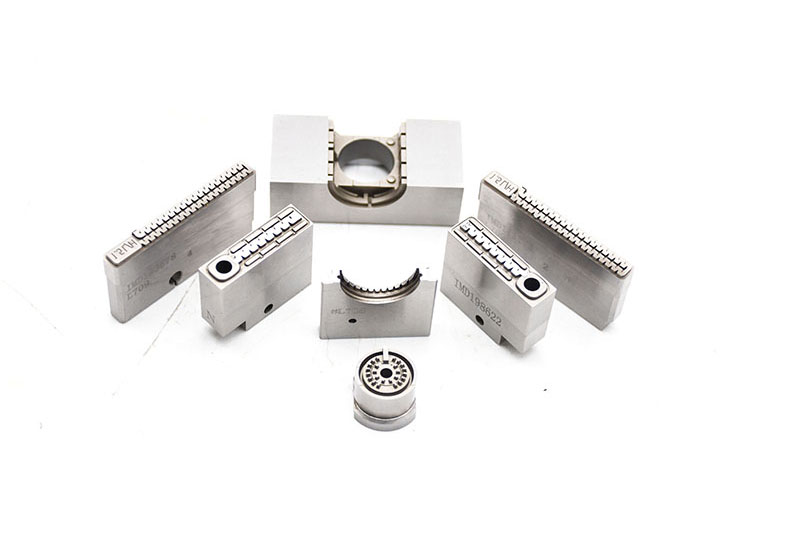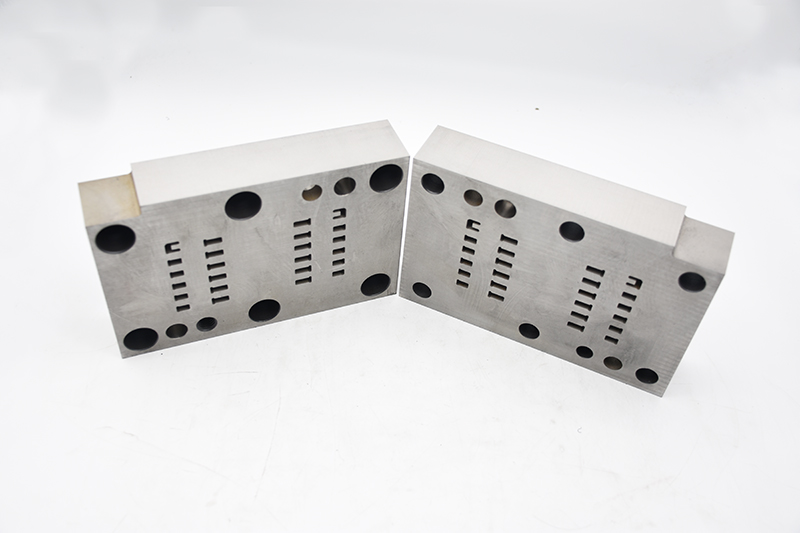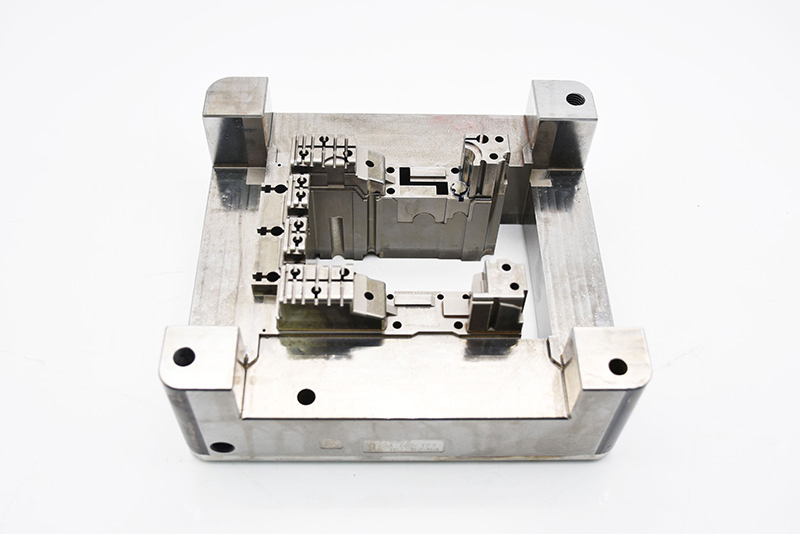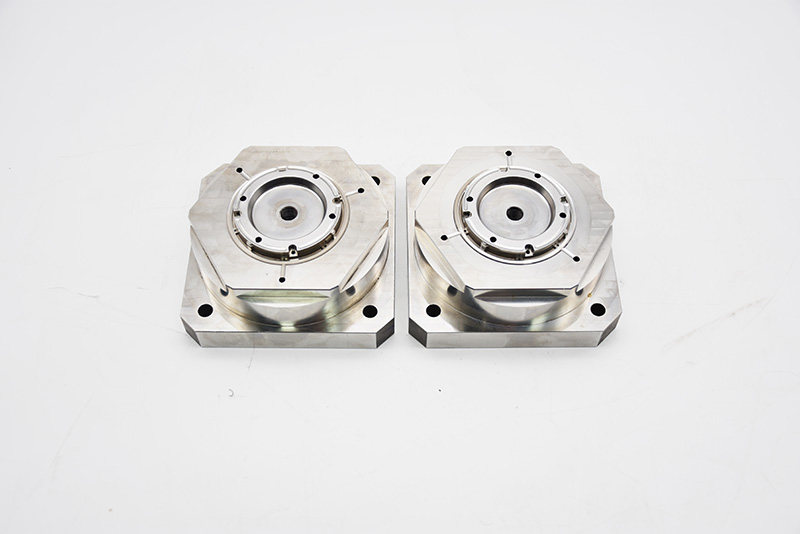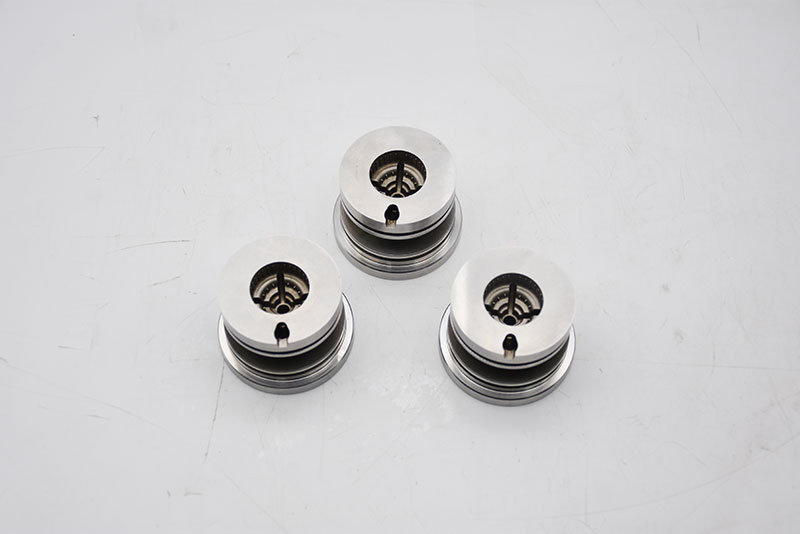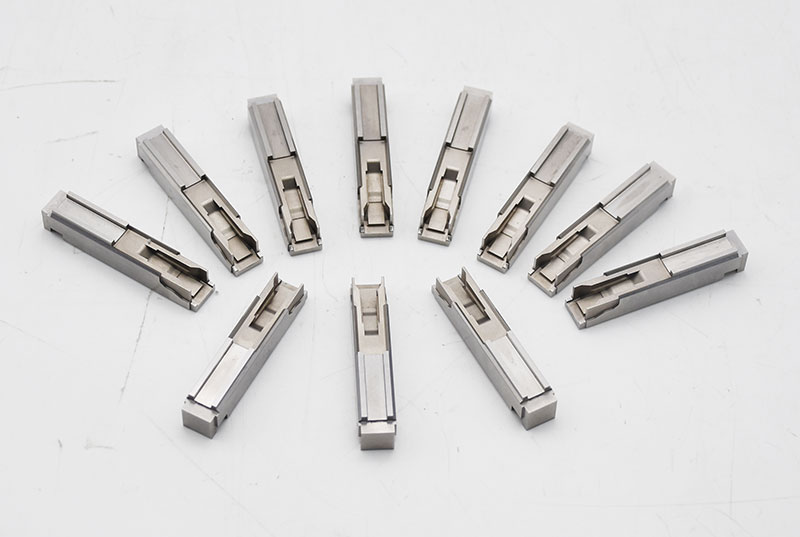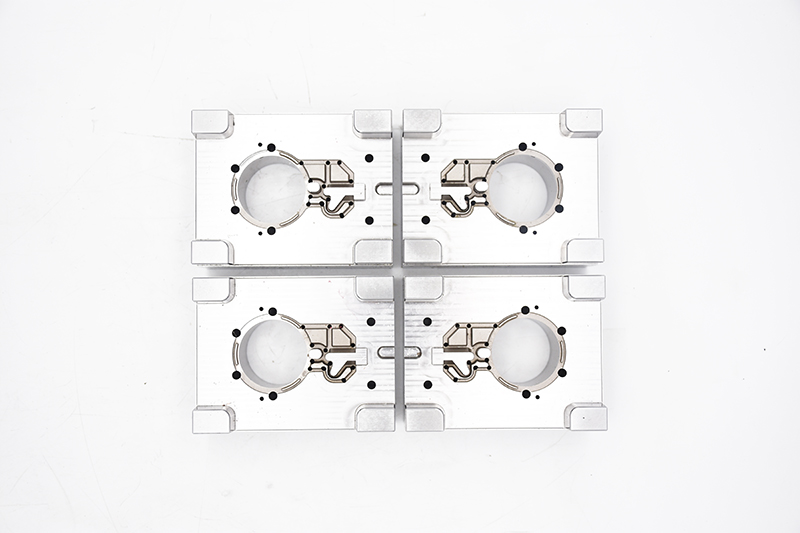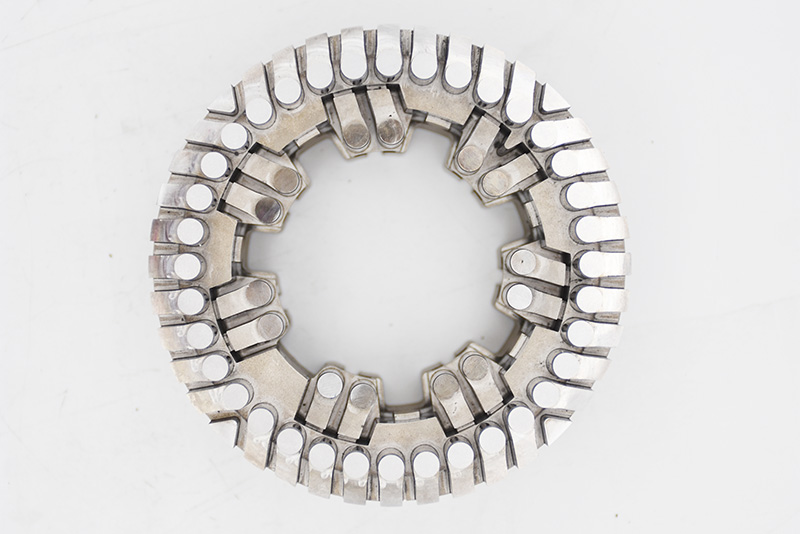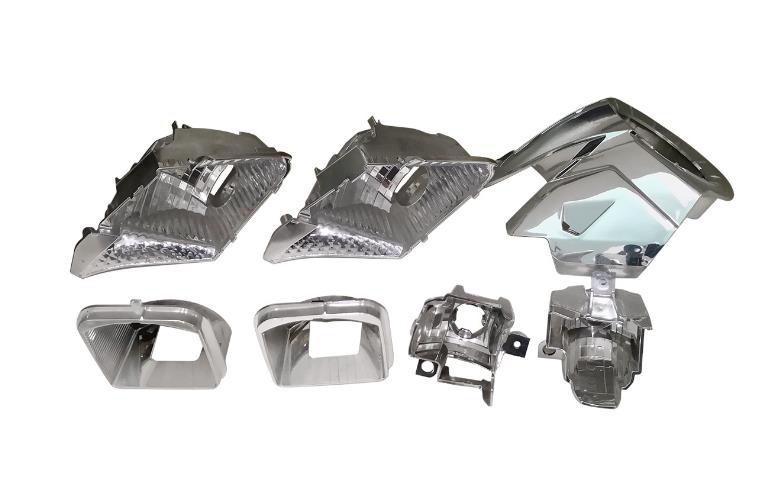
- 2023-07-17
- 581
- 5 Comments
Brief analysis of the whole process of automobile mold design and manufacturing
The development progress of the mold has a very critical role in the progress of the entire project, and is an important part of the production preparation of the OEM. The following is the process from the body data release to the final acceptance of the mold to talk about the mold development process and control points at each stage.
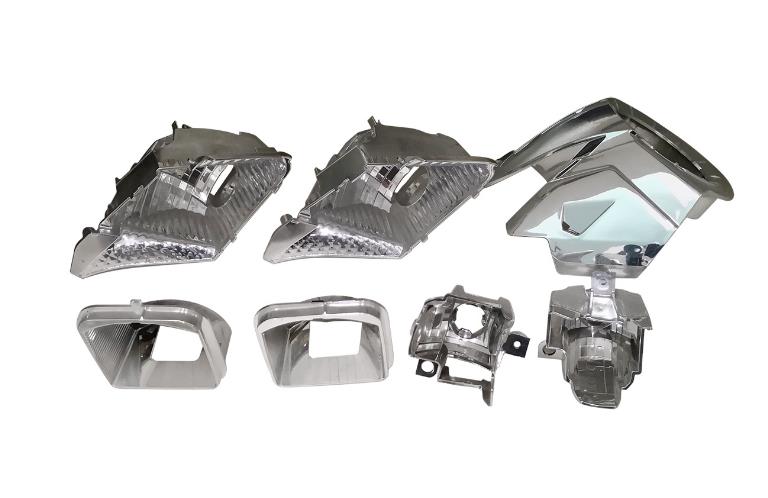
1. Body process data release
The body design department releases the product numerical model, and the engineering personnel of the engineering development department conduct process pre-analysis and price prediction (as bidding comparison data) according to the product numerical model, and use the body process numerical model to conduct mold bidding and corresponding process analysis. The bidding process will not be discussed in detail here, and the mold development management will be discussed below from the standard setting (that is, to determine the mold factory).
2. Feasibility analysis of body parts manufacturing process (mold developer and engineering development department)
After the mold developer receives the process numbers and molds of the body, the process feasibility analysis is carried out for each part. In principle, the mold factory is required to carry out CAE analysis (that is, part formability simulation analysis) for all newly developed parts.
3. DL drawing design and countersignature
After the CAE analysis, the mold DL diagram design can be carried out, and in most cases, it can also be carried out at the same time.
DL diagram design is the design layout - stamping process analysis and design, also known as the mold process flow chart, including: the size of the parts sheet, the direction and Angle of the stamping, the stamping process arrangement, the feeding direction, the waste knife distribution and the cutting edge direction, the waste removal direction, the CH hole, the left and right parts identification, each process annotation.
At the same time, the DL diagram also needs to reflect the stamping equipment of the relevant process, the height of the die, the material of the die, the working stroke of the blanking ring or the pressing plate, the positioning method of the plate, the pressure analysis of the completed process, etc
4. Mold structure drawing design and countersign
Die structure drawing countersign order: drawing die countersign - shaping flanging die countersign - trimming and punching die countersign.
Because the mold casting and processing cycle is a hard time, can not be compressed, so in order to ensure the progress of the project, the mold structure diagram design link is very important, should be as far as possible to advance the mold design link time, for the subsequent mold manufacturing time.
5. Casting digital model release and foam real type review and rectification
After the mold structure drawing design review is completed, the foam type can be made. In the foam molding stage, the project team needs to release casting data to ensure the casting ability of the solid mold. The foam molding is a kind of material formed by polystyrene after high temperature foaming. NC processing is carried out according to the mold structure diagram, and appropriate mold processing allowance (8-10 days) and foam shrinkage rate are considered.
6. Mold casting
After the completion of the rectification of poly dragon production, you can be shipped to the foundry for casting, the specific process is not discussed in detail here, the mold casting cycle is 15-20 days, the mold casting is shipped back to the mold factory for casting inspection, mainly to check whether there are large casting defects, such as casting cracks. The defects such as sand inside the casting can only be seen after processing.
7. NC digital model release and NC processing of molds
NC processing can be carried out after the mold casting is completed, but the premise is that the NC data has been released, the mold factory can carry out CNC programming according to the NC data of the product, and then carry out the NC processing of the mold. The NC processing of the mold can be roughly divided into: Longmn-set - semi-finishing - finishing, etc., in the NC processing process, it can be found whether the casting has sand or cracks and other defects, after the completion of NC processing, it is also necessary to heat treat the mold to achieve the required hardness, the NC processing cycle of the mold is generally 20-25 days, in the case of tight project development time, How to reasonably arrange the NC processing time is very important, engineering developers can go to the site to control the progress, and supervise the mold factory to prepare a reasonable processing plan. Try not to let the CNC machining machine idle to ensure progress.
8. Tooling, debugging, sampling process
The clamping stage of the mold includes: the mold benchmark and - closing - testing - sampling, etc., after the mold NC processing, there is still a certain margin for the subsequent fitter, fitter debugging mainly checks the research rate of the upper and lower molds, guided research and rate, to ensure that qualified stamping parts are stamped out. Through the debugging of the mold fitter, the quality of the mold can be identified, and the size of the material can be determined.
9. Mould pre-acceptance
The mold factory can apply to the development department of the OEMS for pre-acceptance after completing the production of all the contracted molds within the planned time and passing the test by itself. The mold factory needs to provide the self-inspection report of the molds and the pass rate of the stamped parts. After receiving the application for pre-acceptance from the mold factory, the development department of the Oems will organize personnel to the mold factory for pre-acceptance. The acceptance mold is mainly carried out from the three aspects of static and dynamic stamping parts quality. The dynamic and static inspection is carried out according to the standard. The inspection of stamping parts is divided into three aspects: surface quality, shape and dimension accuracy and stiffness.
10. Debugging and acceptance of mold quantity
Due to the differences in machine tools, mold surface research and rate, etc., to ensure the quality of the mold pre-acceptance, after moving to the quantity of production area need to be debugging, generally the first research and time of the drawing mold is 1-2 months, and the debugging cycle of the whole mold is as long as half a year or more, the mold quantity of production area debugging process is always around the following aspects:
The stamping part needs to be clamped on the welding fixture to verify the coordination of the die, clamp, gage, gage and welding fixture;
To ensure the accuracy of the stamping parts, the stamping parts are placed on the gage for inspection, and the qualified rate is generally above 90%;
The problems found on the gage of stamping parts or the problems or defects feedbacks in the welding debugging process should be rectified by the mold factory; Mold dynamic, static check item compliance check; The reliability of continuous production of the mold in the mass production press, that is, the rejection rate of continuous production is less than 2%
The mold debugging and rectification period is long. After the above items are rectified and the production runs stably for 3 months, the engineering development department can organize the mold users, security personnel and quality inspectors to carry out the final acceptance of the mold and sign the final acceptance report.
After the final acceptance of the mold, the development of the mold is completed in stages. However, as long as the mold is not scrapped and the life cycle of the mold continues, the work of the engineering development department will never end, but will be handed over to the production system and process department for use, management, maintenance, etc. Under the good use and maintenance of the mold, it can extend the service life, reduce the scrap rate, improve the production efficiency, and bring considerable economic benefits to the company.
Related Posts
- Precision Irrigation mold cavity and spare parts
- zefu-mold
- 708

